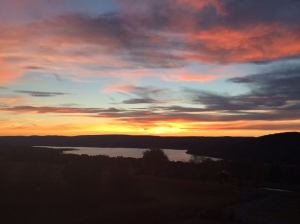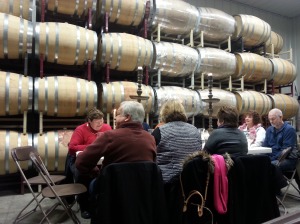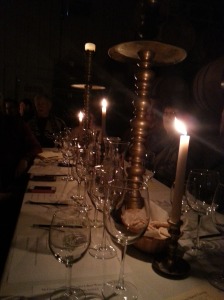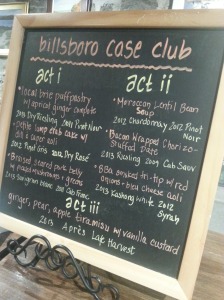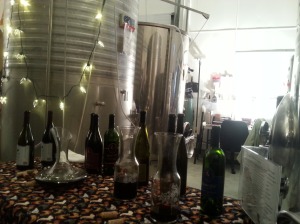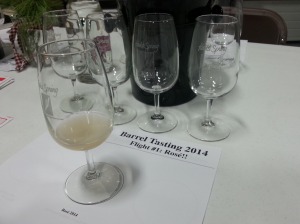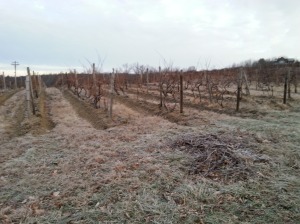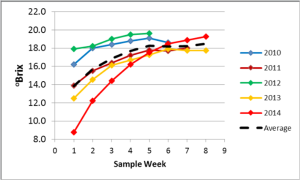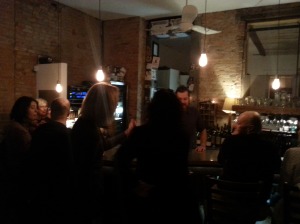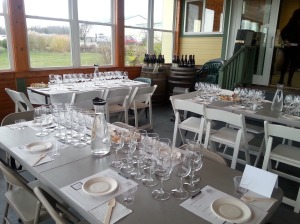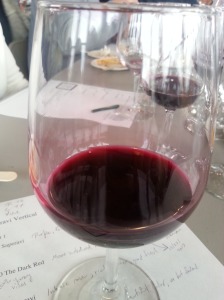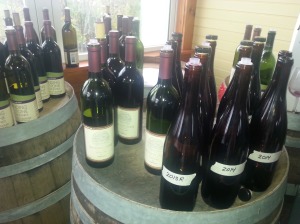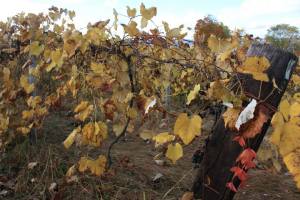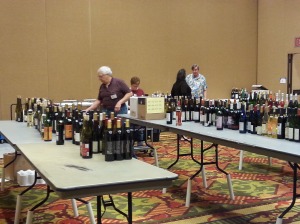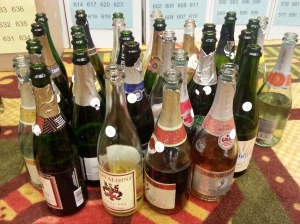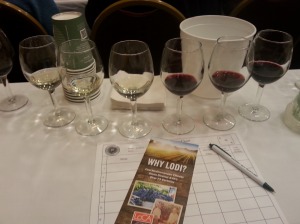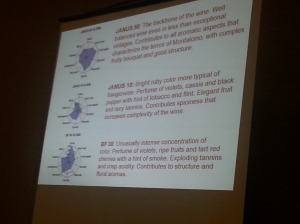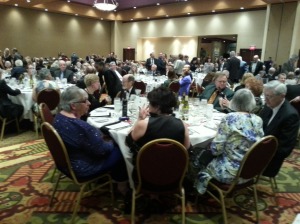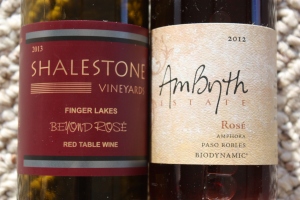I have for a long time wanted to write a book, and during my life went down the road a few times on various subjects. Moving here in 2006 and not seeing any books about wines in the Finger Lakes, I saw an opportunity and promised myself to get started as soon as I retired from my software job (2013). My approach was going to be something like “What Were They Thinking?” Which is to say, a narrative about winery owners who had the courage or the requisite degree of obliviousness to disregard prevailing wisdom that it couldn’t be done here.
Then in 2012 Summer in a Glass by Evan Dawson came out, did astonishingly well, and won an award for best book on wine. My first read made my head spin. After all, it was simply a collection of stories about various people who are well known here. There was scant technical information, not much of a common thread, and I wondered what the fuss was about. My second and subsequent readings cleared up the mystery, which is that people love stories and one can hardly ask for a better storyteller than Evan, who is a journalism and broadcasting professional and heck of a nice guy to boot.
Nonetheless, I thought that perhaps with a shift in focus there would be room for a second book, and I decided to approach it from the perspective of a year in the growing season. As I was discussing this with friends, someone (don’t remember who) suggested that I do a blog and see what happens. Researching the how-tos, I got an excellent steer from Alder Yarrow, author of the fabulous Vinography blog, who put me onto WordPress. Over the year, I wrote what will now be 87 articles, or one every 4 or 5 days.
Unlike Julie Powell, who wrote the blog that became Julie and Julia, the thousands of followers and a movie with Meryl Streep and Stanley Tucci did not appear. Nor did invitations to speak about Finger Lakes wines in California, Europe, or other destinations. Nonetheless, I learned things about winemaking that I would not otherwise have learned, formed some friendships with people I did not know, wound up writing a few articles for a local magazine, and may do some writing in the future. Most importantly, doing this was fun, and at least the blog saw the (somewhat dim) light of day, as opposed to an electronically discarded book manuscript.
The story still to be told is about the people who decided to set up shop here. Some, like Bob McGregor of McGregor Wineyards and Len Wiltberger of Keuka Spring, gave up careers with Kodak. Amy Hoffman of Rooster Hill Vineyards gave of a career in technology sales. So did Bruce Murray of Boundary Breaks who, before 2005 didn’t even know what Finger Lakes Riesling was. Kelby Russell, who could have gone any number of places after graduating from Harvard in 2009, decided to follow his passion and make wine in the Finger Lakes. Johannes Reinhardt took a chance investing in the area before he was even guaranteed permanent residency here.
All of them risked a lot to play a game where you are not always dealt a great hand (as in 2014), and after working insanely hard the rewards are often more in pride and satisfaction than money, at least judging by the lack of yachts on Keuka Lake. All of these people and so many other I could have mentioned are my heroes, and to live among them in one of the most beautiful places anywhere is a treasure.
Santé.

